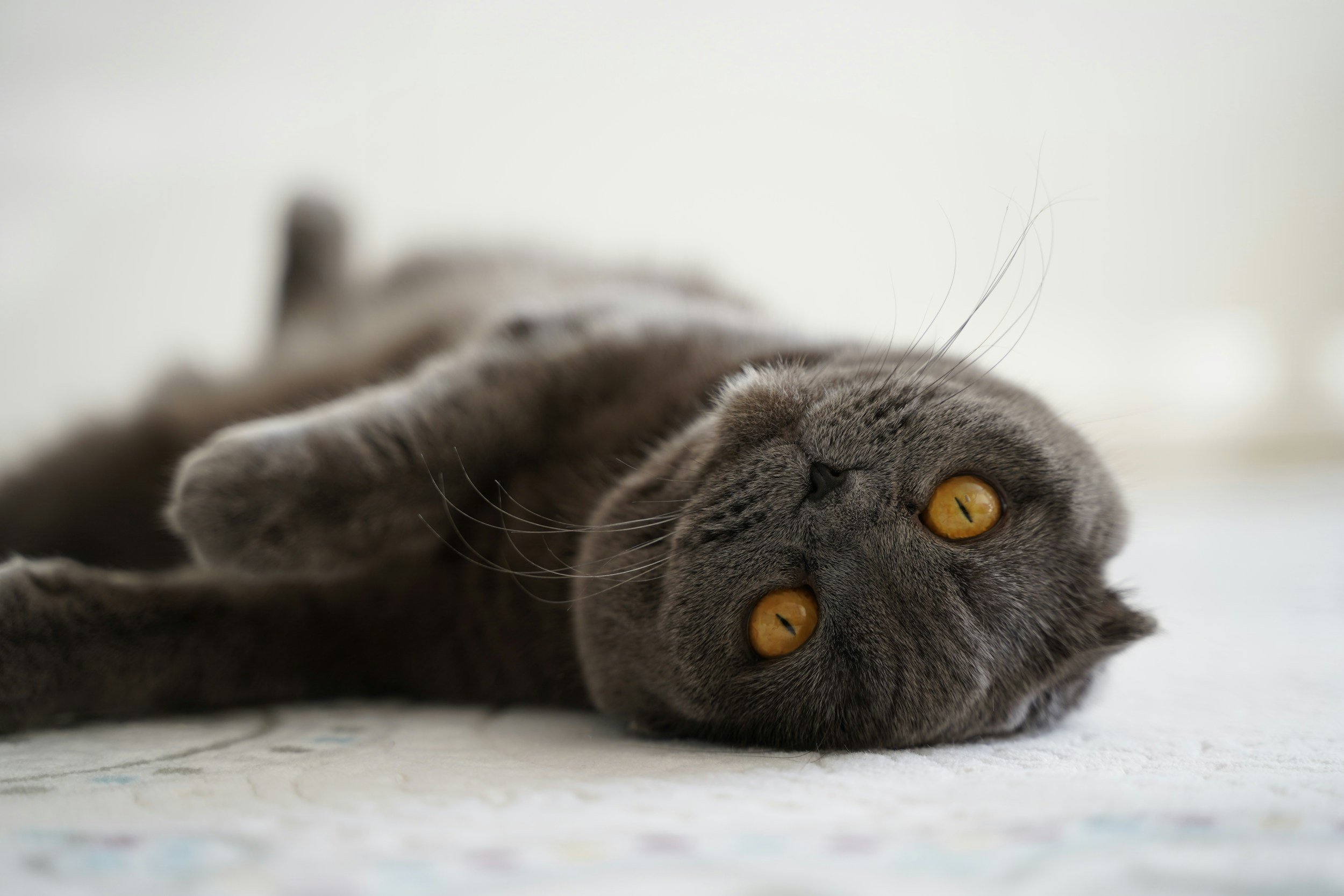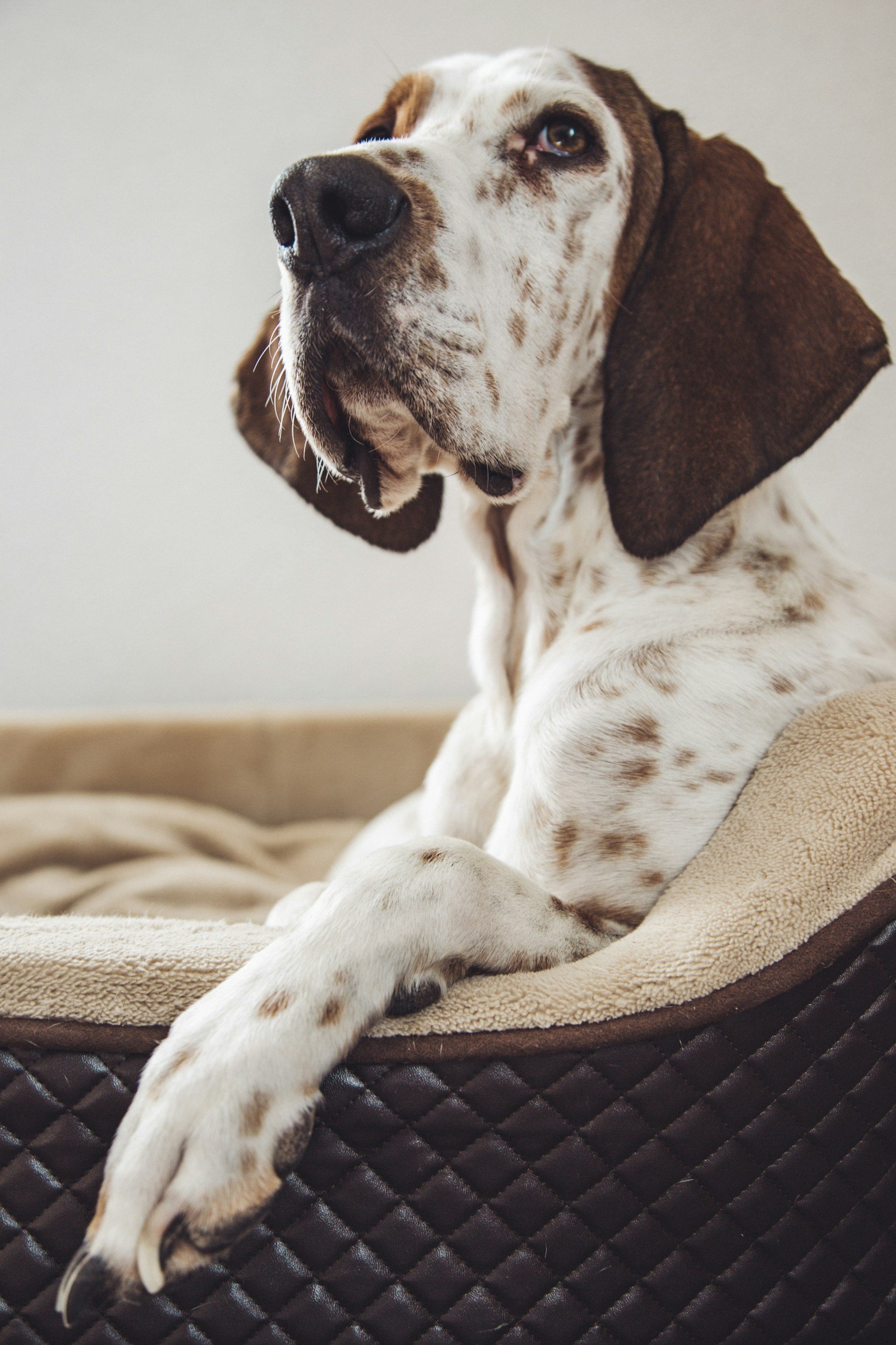Welcome to OrthoVetInfo!
I created this space so I can share my experience and insights as a veterinary orthopedic surgeon,
offering clear and approachable veterinary orthopedics content that hopefully can be valuable
for owners and veterinary professionals with similar interests.
I invite you to explore the Clinical Cases section, a dedicated space where we examine real-life orthopedic challenges
encountered in veterinary practice, the treatment strategies and the clinical outcome.

UAP
UAP or ununited anconeal process, is a developmental abnormality where the anconeal process, a bony part of the ulna, doesn't fuse with the rest of the ulna during growth. This condition can cause lameness in young, often large breeds dogs. In all cases, the recommended treatment for ununited anconeal process is surgery.

Scottish Fold Osteochondrodysplasia
The Scottish Fold is a purebred domestic cat, characterized by a gene mutation causing the ears to fold forward and downward.
Although this trait contributes to the breed's unique appearance, this genetic anomaly is associated with osteochondrodysplasia (SFOCD), an inheritable disorder characterized by generalized disturbance of endochondral ossification, resulting in skeletal deformation particularly in the distal limbs, ears and tail.

Spondylarthrosis
Spondylarthrosis is a non-inflammatory degenerative condition that affects the vertebral bones of the spine. Osteophytes may form a complete bridge between adjacent vertebral bones, which is commonly referred to as “Spondylosis Deformans”. Treatment is mainly conservative and prognosis is determined by diagnostic imaging and patient’s response to treatment.

Legg-Calvé-Perthes disease (LCPD)
Legg-Calvé-Perthes disease (LCPD) is a developmental orthopedic disease that affects young small breed dogs and characterized by non-inflammatory local ischemia to the femoral head with subsequent deformation of the femoral head and neck. Surgery is currently the best treatment option.

Retained ulnar cartilage cores (RCC)
Retained ulnar cartilage cores (RCC) is a developmental disorder in young, large and giant breed dogs characterized by a failure of endochondral ossification in the distal ulnar physis, leading to physeal calcification arrest, restricted growth of forelimb and consequently angular limb deformities

FHNO
FHNO is surgical procedure consisting of the excision (surgical removal) of femoral head and neck. The goal of FHNO is to remove bone-on-bone contact and restore pain-free mobility to a diseased or damaged hip joint.
Most patients will show signs of complete recovery approximately 6-8 post-operatively and will be able to return to their regular activity.

Osteochondrosis
Osteochondrosis (OC) is a focal disturbance of endochondral ossification due to a failure of blood supply to the epiphyseal growth cartilage. Osteochondrosis (OC) may develop into osteochondrosis dissecans (OCD) if the joint cartilage fractures. There is still confusion regarding the disease’s definition, etiology and pathogenesis. clinical signs are lameness and joint pain.

Feline Osteoarthritis: Diagnosis & Treatment (part 3)
A complete physical examination is fundamental but might be challenging in the feline patient.
Clinical signs are not always consistent with radiographic changes.
Radiographically normal joints can be pathologically and clinically affected, and radiographically affected joints can be pain free.
Management of pain associated with OA in cats must include attempting to improve the cat’s living environment, minimizing stressful situations, improve their comfort and quality of life.

Feline Osteoarthritis: Etiology & Symptoms (part 2)
Feline OA is most commonly primary or secondary to an existing joint pathology.
The main risk factors for both increasing prevalence and severity of feline OA is the advancing of age and obesity.
Studies showed that behavioral and lifestyle changes as being associated with OA and can be improved significantly after analgesia.

Feline Osteoarthritis: Introduction (part 1)
Feline joint disorders are often overlooked, underestimated and undiagnosed.
There is a growing awareness that osteoarthritis in cats is more frequent than previously predicted.
Ongoing professional education contributes to our ability as veterinary professionals to recognize, prevent, and manage feline pain.

TPLO post-op care
TPLO surgery or Tibial Plateau Leveling Osteotomy, is currently the most common surgery for the correction of a cranial cruciate ligament disease.
Post-op home care can be challenging but not impossible.
Short-term challenges are mainly wound management and restriction of activity.
While long-term challenges regard pain management, restore of limb function and osteotomy healing.

Hypertrophic Osteodystrophy (HOD)
Hypertrophic osteodystrophy (HOD) is developmental orthopedic disease that affects rapidly growing large- and giant-breed dogs between 2 and 8 months of age.
Symptoms vary from mild to severe and consists in warm, swollen and painful metaphyseal region in long bones.
Weimaraner is one of the overrepresented breeds affected by this condition.

Canine Panosteitis
Canine Panosteitis is an acquired self-limiting inflammatory developmental orthopedic disease that affects rapidly growing large- and giant-breed dogs, typically between 5 and 18 months of age.